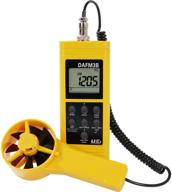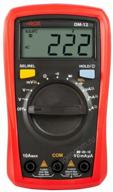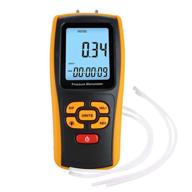
Review on Starrett KTX12 12ME N Precision Measuring Instrument with Enhanced Graduation Intervals by Brian Douglas

mm on both edges
One day in the 1980's I needed a replacement board that would fit exactly into the space I measured at 26 and 21/32 inches. I cut the replacement exactly one inch shorter. I was so intrigued by determining the 21/32 mark that I ended up on the wrong side of the 26 inch mark. Now I've realized that the metric system is more reliable because the scale is simpler. In this case I needed 677 mm. It was easy: two notches more than 675. This number is easier to write and read. Measuring tapes with millimeters on one edge were common, but you can't always measure with which edge you prefer. I bought 8m tape from Craftsman. It was such an improvement that I bought a second one in case anything happened to the first. I was helping a former carpenter who wanted a small L shaped board to fix a rot in a roof valley. He measured, went down the stairs, cut off a piece, went back to the roof and found it was wrong. Did he really expect to be able to remember four dimensions, including eighths of an inch? I suggested writing measurements. For convenience, I would use my tape measure. He refused. It took him four tries to cut the right piece. He wasted time, energy and a whole sheet of plywood. I will use inch tape if whole inches is close enough. If someone needs more precision, it's easier to write millimeters and then convert them with a calculator. I saw a neighbor covering the foundation of his house with artificial stone. Since the yard wasn't perfectly level, in addition to the length, he needed to know the required height at each end of the piece. It was easier than four measurements for L, and a quarter of an inch was accurate enough. However, he continued to make mistakes. Metric measurements made the task easier and there were no more errors. In some cases, holes had to be cut to insert vents. From the edges we measured to one corner and then added or subtracted to mark the others. Adding and subtracting millimeters is much easier than inches and fractions. In the end, the first tape was damaged. I wanted another backup. Craftsmen no longer sold tapes with millimeter markings on both edges. I followed Raven. When I saw they had it I bought it. There is a disappointment. There are four lines between the 5 and 10mm marks: from 1 to 4, or from 6 to 9. On the Master, the first and fourth were shorter than the second and third. This meant I didn't have to count to figure out which label I was looking at. On Starrett they are the same length. To take an inside measurement, the body of the steel band may need to be added 2 or 3 inches, but it can be difficult to see at which mark the band enters the body. When I bought my first metric tape measure I made a shim to get an accurate reading 100mm less than the inside measurement. I keep it handy under my belt clip. The photos show a similar Starrett spacer. I pulled the tape through, snapped it in and made sure there was no slack. I usually take the tape out of the box to place the gasket. It shows 346 so I know the distance is 446mm. I used an audio CD box to calibrate the spacer. The sides are rigid and square down. It's big enough for a tape measure and small enough for a 6 inch caliper. The caliper showed 121.5 mm. I lengthened and pinned the tape, then shaved and sanded the spacer until it was 21.5mm on both ends of the tape.
- Self Adjusting End Hook
- Long Lead Time
New products
Comments (0)
Top products in 📏 Dimensional Measurement

Synthesizer CASIO CT-S200 black

24 Review
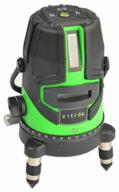
Laser level Zitrek LL1V1H

36 Review
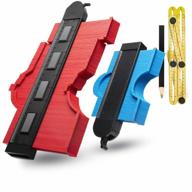
Cullaby Contour Gauge: 10 & 5 Inch Duplications For Perfect Templates Of Curved And Odd Shapes, Plus Bonus Angle Ruler & Carpenter Pen!

23 Review
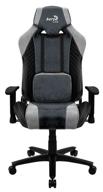
Gaming chair AeroCool Baron, upholstery: imitation leather/textile, color: steel blue

35 Review


